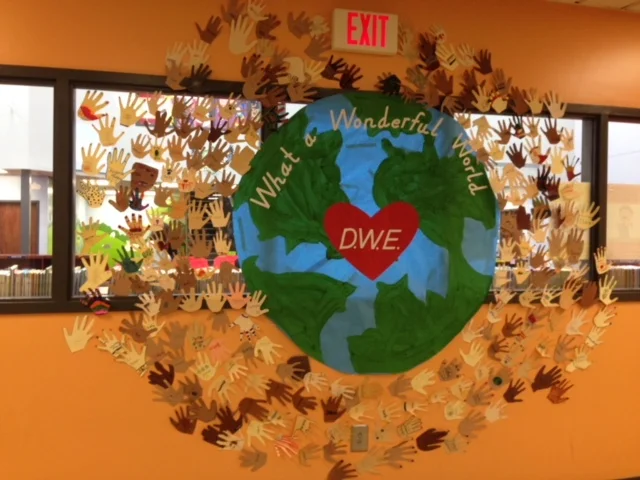The EL child and the classroom library (Part II)
Part I of this blog post (which you can find it here), I talked about the place of the EL child in your classroom library. When you read the post, you understand that this child can be any child. Not precisely just an English learner. On an given day, a child can walk into our classroom and our understanding about children tells us that each of them are different. So with this understanding in mind, we shouldn't assume they are all entering our classroom reading at grade level.
On Part I, I asked the following questions:
Does your classroom library have a wide selection of books that include simple pattern books such as Piggie and Elephant by Mo Willems? Or Eric Carle Jr.? Yes. Regardless of the grade, every classroom should have easier pattern books otherwise our underlying assumption is that everyone is reading at grade level.
Are there books on audio or online that this child can tap into? Do you know those resources or do you know someone in your school that can help you discover and set up those additional resources?
Does this child have books in his home language? What are the opportunities in your classroom for children to bring their home world into school?
For Part II, I would love to offer some possible solutions (some of them might be temporary but it's a starting point).
* If you're teaching an intermediate grade, reach out to your primary teachers for support. The primary classroom teachers (and if there's a literacy coach, run to them!) are wonderful resources as to what books might be great for beginning readers, or books that include repetitive patterns.
* Reflect on the books that you're including in your Book Talks. How diverse are these books in term of stories, characters, plot line, diversity and inclusion. Are you including some wordless picture books that everyone can access regardless of language? How about some ABC books? When I visit a new city, I would most likely find ABC book on that city in particular at airports or museums. I love collecting those because it teaches all of us that ABC books are not just for kindergarten children. There are ABC books on cities, countries, traditions, etc.
* Books in different languages are a fantastic way to bring books not only to our international students in the classroom but to bring a window into other people's reading lives. When students see that other languages are written in different formats, they are understanding the many different layers of this complex world. We are offering them a window to look into another child's literacy world. I understand that these books might take a while to collect, or to even access but many times those resources are right in our buildings: teachers, parents, former students, local bookstores, different established organizations in the city.
Websites like We Need Diverse Books are a great starting point. I also love to follow the Instagram account of Books for Diversity. It's so wonderful to see so many options! Of course, I would also include the Instagram account of Mr. Schu because he's always staying on top of current children's literature.
Long and gone are the days that our classroom library represents books just from our current grade level (instead let's think K-5 for example, if you're at an elementary level). It's important to acknowledge all the different beautiful faces in our classroom and one powerful way to do this is by being able to offer reading options to the children that walk into our classroom. I can't imagine a more powerful message that says, "Welcome. You belong here."




